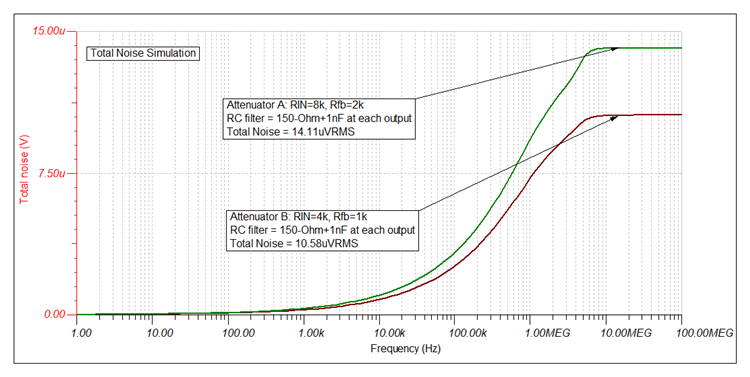Other Parts Discussed in Thread: THS4551
Whether THP210 shall be used to attenuate signal at 0.25 gain by adjusting feedback resistor?
For attenuation whether any specific config is required
I gone through the datasheet, the unity gain FDA it recommends to use 2Kohm. Shall I use 1Kohm instead of 2Kohm.
If I use 1K what will be the impact. Request you to provide the solution for these queries.



